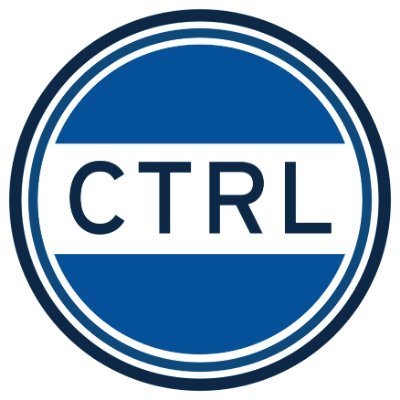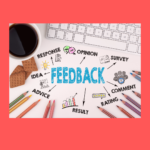Reflecting on Reflection: Meta-Midsemester Course Analysis Results from CTRL
By Hannah Jardine, Erin Horan, Gavin Frome & Iana Amiscaray
Spring 2022
Asking for and applying student feedback regularly in your courses supports a more equitable and inclusive learning experience in part because it gives students a voice (Addy et al., 2021). Students bring their diverse backgrounds and unique frameworks to our courses and have insights and perspectives on the classroom experience that we could never have as teachers. It benefits us to embrace the opportunity to work with students to improve our courses (Cook-Sather, Bovill & Felten, 2014). At CTRL, we conduct mid-semester course analyses (MCAs) to gather student feedback at a critical point in the semester and help you apply it to create a more inclusive teaching and learning experience. We recognize that asking for feedback from your students is challenging. Figuring out what to do with that feedback can be even more challenging, so we are here to support that process.
In Fall 2021, the CTRL teaching team conducted MCAs in a variety of courses, a process we implemented in Fall 2019 and have conducted each semester since. By instructor request, we set up a time to attend a specific class session, in-person or online, to survey students individually, encourage small group reflection, and debrief as a whole class. We analyze the results of the surveys while considering the whole group conversation in order to compile an easy-to-digest report for instructors. We then meet with instructors one-on-one to debrief the students’ responses and help them think through changes based on our pedagogical expertise. These conversations, both with the students and instructors, are always fruitful, enlightening, and gratifying.
“Students bring their diverse backgrounds and unique frameworks to our courses, and have insights and perspectives on the classroom experience that we could never have as teachers”
This past semester, we were reminded that students are experts at learning. Several themes came out of the student feedback across multiple courses. In Fall 2021, students were suggesting: clearer expectations for assignments; more time for discussion; and more explicit connections between course readings, in-class discussion, and other assignments. Another frequent recommendation was to rearrange the weekly rhythm of the class to allow for more time to complete asynchronous work. These student comments were in line with what we are seeing as general trends in higher education currently – the need for more clarity, connection, and flexibility.
Inclusive instructors are adaptive, reflective, and responsive; they gather data directly from students to make informed decisions about instruction (Golding & Adam, 2016). Research demonstrates that using focus groups to gather feedback mid semester helps instructors develop more effective teaching practices and make valuable changes to current courses (Veeck et al., 2016). The feedback is valuable for all instructors, no matter how many years you have been teaching or how many times you have taught a specific course. There is always room to grow as an educator because every group of students is different, and our teaching and learning contexts are constantly changing. The process supports instructor professional development, by providing opportunities to reflect on teaching effectiveness, build off current strengths, and address opportunities for improvement identified by students and teaching and learning specialists.
We encourage you to collect formative feedback from students either on your own or with a CTRL MCA. For instructors who have already conducted an MCA with CTRL or who regularly survey their students to gather feedback, consider how you can take it one step further by collaborating with students to enact the changes. For instance, if students feel that your grading rubric is unclear, work together to build a better rubric. Or if students are pushing for deeper, more equitable discussion, take some time to develop classroom norms around discussion together. The more we engage with students, the more successful, inclusive, and enjoyable, our teaching and learning experiences will be.
Author Bio
This post was written by the CTRL Teaching Support team, which includes Erin Horan, Hannah Jardine, Stephanie Ko, Gavin Frome, and Iana Amiscaray. The CTRL Teaching Support team provides resources and programming for all AU faculty, such as the Midsemester Course Analysis service, one-on-one consultations, and on-going workshops, to promote teaching and learning excellence.
Resources and Further Reading
Addy, T. M., Dube, D., Mitchell, K. A., & SoRelle, M. (2021). What inclusive instructors do: Principles and practices for excellence in college teaching. Stylus Publishing.
Cook-Sather, A., Bovill, C., & Felten, P. (2014). Engaging students as partners in learning and teaching. Jossey-Bass.
Golding, C., & Adam, L. (2016). Evaluate to improve: Useful approaches to student evaluation. Assessment & Evaluation in Higher Education, 41(1), 1-14.
Veeck, A., O’Reilly, K., MacMillan, A., & Yu, H. (2016). The use of collaborative midterm student evaluations to provide actionable results. Journal of Marketing Education, 38(3), 157–169.



